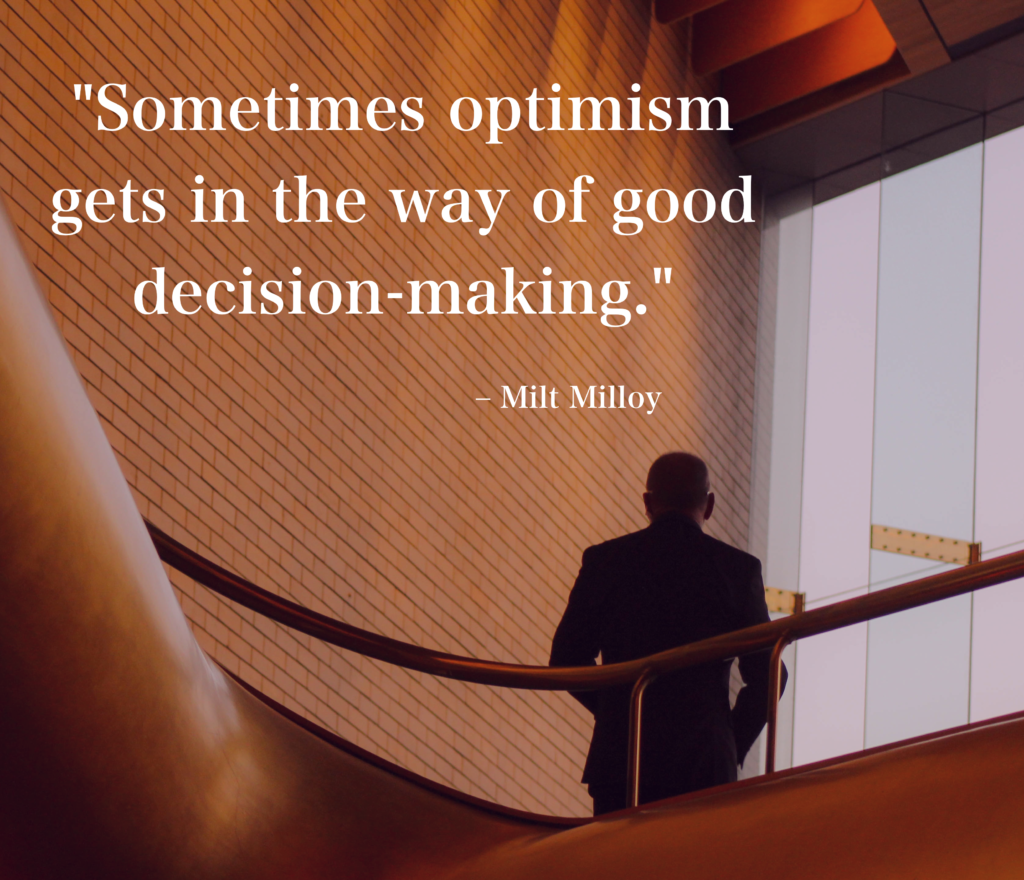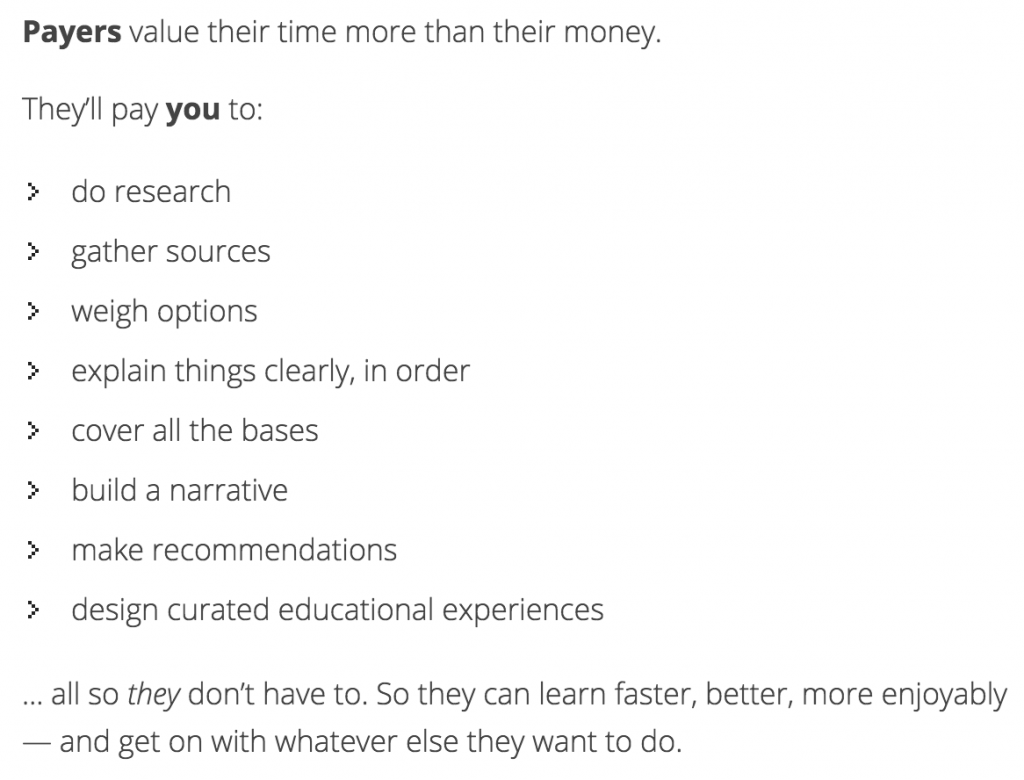“The great fortunes of the late 19th and early 20th centuries were built on the backs of worker-consumers in primarily inward-looking national contexts. By contrast, today’s plutocrats thrive by selling their goods and services globally; their success is dramatically less connected to the fortunes of their fellow national citizens than was that of previous generations. Moreover, the two signature types of massive wealth accumulation in the early 21st century have been high technology and financial services. Neither of these industries relies on masses of laborers, so their productivity is detached from the health of any particular national middle class. […] While plutocrats sewed up the licit opportunities afforded by the integration of the global economy, they mostly avoided dealing in goods and services that were banned for moral or prudential reasons. By contrast, deviant entrepreneurs realized that arbitraging the moral and regulatory differences that existed in different jurisdictions worldwide presented fantastic business opportunities — with opportunities continuously emerging as the capacities of different states contracted at differing rates.” — Nils Gilman for The American Interest
Tag: business
This website was archived on July 21, 2019. It is frozen in time on that date.
Sonya Mann's active website is Sonya, Supposedly.
How to Save a Startup: Advice from Milt Milloy
Milt Milloy is the entrepreneur behind Springboard Startup and Springboard Turnaround. He helps businesses set themselves up, and helps them figure out how to save themselves when money runs dangerously low. I came across Milloy’s work via his Medium posts about handling a cash crisis. (This is not a problem for me, but it’s an interesting quandary in general.) I was impressed by his ruthlessness:
“If you, the owner or manager, have difficulty telling people no, put someone in charge of expenditures that does not. Different personality types will struggle with being the cash gatekeeper more than others. Find someone who cares less about being liked and more on doing the right thing to achieve the desired outcome — in this case conserv[ing] cash and buy[ing] time.”
I spoke to Milloy on the phone about what companies can do to avoid needing Springboard Turnaround’s services. As he told me, “When things haven’t gone well, you’re kinda on rough seas at that point. Being able to build a realistic plan and articulate it to all of those stakeholders to keep them from jumping ship” can stop the hemorrhage of confidence. If that confidence drains away, so do your customers, employees, and investors, which is the worst-case scenario. (I hope you’ll never reach that point, dear reader! And I hope that I won’t either.)
Founders can be their own worst enemies. Milloy stated, “As things continue to spiral down, it really is very similar to a grieving process. At first there’s denial, then anger and blame.” Eventually the company must come to grips with harsh reality.

Milloy explained, “When somebody launches a company that is what I would call fatally flawed, they haven’t done adequate customer-discovery work.” In other words, “They’re building a product or creating a service that they really don’t have a good customer base for.” Additionally, “Markets change, competitive dynamics change — some of those are very difficult to predict and they just happen.” A successful company will have a certain amount of flexibility.
I asked Milloy what he thinks of unit-economics disasters like SpoonRocket and some of its on-demand brethren. He told me that these implosions are “what happens if [the cost to deliver the product] just hasn’t been tested enough and recorded enough.” In those scenarios, “The forecast is just way too optimistic.” Milloy endorsed the rule of thumb that “it’s gonna take twice as much money and twice as long” as your first guess to accomplish your business objectives.
“Two challenges. One is to actually produce the product or service. Founders are underestimating how much that’s really gonna cost.” The second challenge is that the “cost of getting the customer — the marketing cost — is very underestimated.” Milloy knows this from gritty hands-on experience. “I had an agricultural-based business that I started from scratch,” which ran into cashflow issues. He admitted, though not ruefully, “I got some education in the school of hard knocks.”
Fundamentally, Milloy said, there are “three big categories of problems [that a company can face] and a whole bunch of different sub-categories within them.” You have to sell something, AKA convince people to buy from you. You have to spend less money than you’re taking in. And thirdly, “You can’t carry such a debt load that even if you are making money, you can’t service the debt.” It really boils down to living within your means, not unlike personal finance.
Rest assured, Milloy is in favor of bootstrapping when you can make it work:
“Bootstrapping is not for everyone. It requires more personal sacrifice. And the slower trajectory may allow competitors to leap ahead. However, if you are convinced your idea has potential but investors are not interested, it can be a satisfying path forward. The upside is, if successful, you will have 100% ownership in a debt-free business.”
The Barnacles Forum Is Worth Your Time
Barnacles is a clone of the Hacker News clone Lobsters, but Barnacles is aimed at bootstrapping entrepreneurs instead of general software devs. It’s a lot like Hacker News, actually, but maintained for small-scale internet businesspeople instead of enterprise employees. Barnacles is pretty low-volume compared to a place like /r/Entrepreneur, but that means it’s more thoughtful. So far I’m enjoying interacting with the frequent contributors, and the links that rise to the top usually feature concrete techniques that you can readapt to your own business.

Most social venues yield what you put in. My personal Twitter account is enjoyable as well as promotional because Twitter is a platform that perfectly fits how I want to interact with strangers (through ironic jokes). I spend a lot of time on there, quoting the articles I read and commenting on other people’s thoughts. I do that on Facebook too, but it’s more of an afterthought. Barnacles provides something in between — I can post a link without extensive commentary, but if it’s not valuable, I’m not using the forum correctly.
I also self-promote via Barnacles. For instance, I’ll post a link to this article. When you make sure to post links to useful articles and generally provide value to others, they don’t mind a little bit of self-promotion.
“If you’re truly talented, then your work becomes your way of doing good in the world; if you’re not, it’s a self-indulgence, even an embarrassment.” — Kathryn Chetkovich
I think a lot more people are “truly talented” than we typically acknowledge. Marketing is still hard, but when we band together, we build up our collective knowledge and do a better job.
“Software is a completely new type of good in that it is both infinitely differentiable yet infinitely copyable; this means that any piece of software is both completely unique yet has unlimited supply, leading to a theoretical price of $0.” — Ben Thompson
Barnacles is a place where new entrepreneurs collaborate on raising that theoretical price from zero to something more tolerable like $100 per download or $15 per month. Even though software is trivial to copy in a technical sense, it’s very possible to convince customers to pay a premium if you deliver value that they need. Sell convenience!
The Entrepreneur’s Blindspot
I borrowed the title from something that business analyst Ben Thompson wrote about Dropbox in 2009. In that essay he said:
“[O]nce you’ve developed a product that meets your needs — and many products start out this way — how do you market it to a population that is not like you at all? […] And so it goes for all too many tech companies. Amazing technology is followed by lots of funding and backslapping in Silicon Valley, and far too few ‘normals’ from the rest of world.”
This phenomenon worries me. In fact, it’s the whole reason why I wrote Product Communication Basics — bootstrapping is particularly difficult because people who excel at building software don’t necessarily excel at marketing. Getting all those skills united in one or two people is difficult.
You build something cool. It solves your problem. You think it’ll solve other people’s problems too. But how do you communicate that? How do you convince them that you’re trustworthy and that you’ll deliver the value they need? Will they feel comfortable with the level of ongoing support that you’re able to offer, compared to larger competitors?
From the potential user’s perspective, buying from a small bootstrapping company is risky, especially if they’re going to rely on you for business-critical tools. I think the answer to this problem is bringing passion to the table, and explaining that your success hinges on their success. You have to take your users’ needs seriously, or you’re out of a job…
User lgray pointed out on Barnacles:
“This doesn’t really jive with how my business has come to be. For me, the hard part was finding the right problem to solve. I wanted a problem that:
- Was clearly a problem.
- Didn’t have any satisfying solutions yet.
- Interfered with people’s businesses.
First point made the marketing really easy — all I had to do was tell people I had a solution to their problem. I didn’t need to convince anyone that they had a problem they didn’t see. Second one meant I didn’t have to convince anyone to change products. And the third one meant that people would be willing to pay money, since it was in an environment where money was changing hands.
Not that there’s anything wrong with starting a business in a situation unlike the one I’ve outlined. Just thought I’d point out that the problems raised in the OP aren’t always problems.”
When & Why to Pay for Free Information
It’s okay to pay for stuff that you could have gotten for free. Sometimes forking over your hard-earned cash is actually the optimal choice! It can save you time and frustration. The people who pay for freely available goods are people who understand the power of cost-benefit analysis. These people are business thinkers who take opportunity costs seriously. They always leverage comparative advantage.
Basically, the reason to pay for free information is the same reason why you might buy a sandwich from the deli instead of making your own. Buying the prepackaged version is easier, more convenient, and often more fun. If you’re low on time but have plenty of money — or at least enough money for the purchase you’re considering — then buying a ready-to-eat sandwich (or an instructional ebook, or a software service, etc) actually makes more sense than spending ten minutes slicing the cheese yourself.
Besides, someone who specializes in making pastrami sandwiches (or researching productivity techniques, or building time-tracking software) is likely better at it than you are. Paying them will not only save you time, it will also get you a better result than trying to roll your own solution.
Here are three things that I personally purchased in the past couple of months that I could have gotten for free:
- $39.95 for an https certificate and installation thereof from A Small Orange. I could have spent a few hours figuring out Let’s Encrypt instead.
- $79.98 for tax services from H&R Block. Is it possible to file your taxes without using software like this? Totally. Is it frustrating? Yes, to the extent that I would cry.
- Any and all nonfiction books. The information that I want is out there on the internet, but it would take a lot of time and energy to assemble it into a coherent, readable format. Instead of skimming all of Brian Krebs’ articles about spam, I simply bought his book.
Amy Hoy addressed this phenomenon in a 2013 blog post:

When it comes to services in the professional sphere (as well some consumer goods), people will pay for three advantages:
- more free time / less wasted time
- more intellectual resources / less frustration
- more money / fewer costs
The through-line here is efficiency. People will buy what you’re selling if you can help them get the same inputs to generate better or increased outputs. If you execute well enough, they’ll love you for taking their money!
So, in closing, why pay for free information? Because your time and energy are valuable. You deserve high-quality results.
Sign up for my newsletter to stay abreast of my new writing and projects.
I am a member of the Amazon Associates program. If you click on an Amazon link from this site and subsequently buy something, I may receive a small commission (at no cost to you).